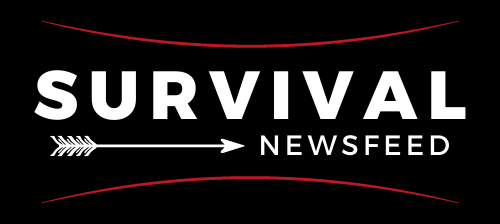Prepping for unexpected emergencies doesn’t have to drain your wallet. If you aren’t careful, you can get sucked into all the latest gear, and the next thing you know, you are broke.
However, with a bit of ingenuity and planning, you can be well-prepared on a modest budget. Here are some tips to help you get started:
- Start with a Plan: The first step in budget prepping is creating a plan. Identify the types of emergencies you’re most likely to encounter and prioritize your needs (not what they latest YouTube video says your needs are). This approach prevents overspending on unnecessary items.
- Buy in Bulk and Build Gradually: When it comes to stocking up on supplies, buying in bulk can save money in the long run. Focus on essentials like water, non-perishable food, and first aid supplies. Also, remember that building your stash doesn’t have to happen overnight. Gradually add to your supplies as your budget allows.
- DIY Solutions: There’s a wealth of resources available for DIY prepping solutions. From making your own first aid kits to creating efficient storage solutions, doing it yourself can significantly cut costs. Plus, the skills you learn are invaluable.
- Second-Hand and Discount Stores: Thrift stores, garage sales, and online marketplaces are great places to find gear and supplies at a fraction of the retail price. Keep an eye out for items like backpacks, camping gear, and even non-perishable foods.
- Learn Preservation Techniques: Food preservation is a crucial skill for preppers. Learning to can, dehydrate, or freeze-dry food can save you money and ensure a long-term food supply. Start with simple techniques and gradually advance to more complex methods. Although a freeze dryer can be expensive so learn how to can first and learn a new skill!
- Focus on Skills Over Gear: While having the right gear is important, skills are invaluable and often cost nothing to learn. Basic survival skills like fire-making, water purification, and shelter building are essential. Utilize free online resources or community classes to enhance your skill set.
- Use Everyday Items Creatively: Many everyday items can be repurposed for prepping. For example, empty soda bottles can be used for water storage, and duct tape has countless uses in emergency situations. Be creative and think outside the box.
- Group Buys and Community Resources: Consider joining or forming a prepping group. Buying in bulk as a group can lead to significant discounts. Plus, you can share resources and knowledge, which is invaluable. Community resources like local emergency preparedness workshops are also a great way to learn and might offer supplies at lower costs.
- Regularly Review and Rotate Supplies: Regularly review your supplies to avoid wastage, especially perishable items. Rotate your stock, using the older items first and replacing them with new ones, to keep your supply fresh and effective.
- Invest in Multi-Use Items: Opt for gear and supplies that serve multiple purposes. For example, a Swiss Army knife is a versatile tool that combines several functions in one, saving space and money.
By following these tips, you can build a robust emergency preparedness kit without breaking the bank. Remember, prepping is about resourcefulness and preparedness, not necessarily about having the most expensive gear. Happy prepping!

